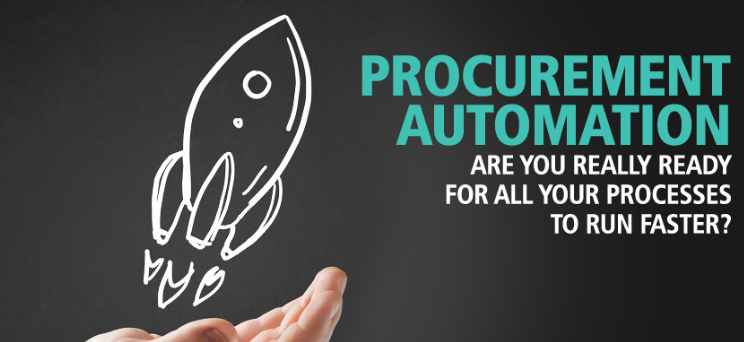
9 ways procurement automation can optimize your business
Procurement is an essential part of any business, from the manufacturing industry where raw materials are needed in order to operate, to the service industry where indirect procurement provides necessary supplies and equipment. The process often involves managing a large number of documents, suppliers, and other elements, as also filtering places where inefficiencies can creep in and details can be missed.
Procurement: automation provides an easier way to manage the myriad details involved in the procure-to-pay cycle. It involves using e-procurement software to automate routine tasks, as well as to store and analyze data. Here are some of the many ways that automation can benefit your organization.
Efficiency: One of the most obvious advantages of automating procurement processes is that it saves time. Repetitive tasks that previously had to be done by a person can now happen automatically. This frees up time to perform more complex work and reduces the amount of labor needed to handle procurement.
Speed: Automation also speeds up the procurement cycle. It can reduce the purchase order cycle by up to five days, and reduce supplier lead time by two days.
Digital documents: There are numerous documents involved in procurement, and many companies still keep paper copies of all of them. This creates extra waste, and also takes up a considerable amount of space. Procurement software can securely create, deliver, and store electronic versions of these documents, reducing costs as well as environmental impact. Working with electronic documents rather than paper ones can also speed up interactions within the supply chain.
Control: Procurement software significantly increases visibility in every part of the process. It makes it easier to identify issues such as inefficiencies or high costs. With immediate access to analytics, it is possible to react quickly to problems and unexpected setbacks (such as a sudden need to change suppliers), and determine the optimal course of action.
Budgeting: With immediate access to every document, as well as built-in analytics solutions, budgeting becomes easier and more efficient. It is possible to generate in-depth reports and have a granular view of all expenses. This allows for more accurate predictions for future budgets, and helps identify places where costs can be cut.
Inventory management: A good procurement system can monitor stock levels and automatically re-order items once inventory falls below a specified threshold. It is expensive to run out of stock or to carry too much at a given time. Automating procurement can therefore reduce inventory expenses.
Supplier management: Working with multiple suppliers means that there are a lot of details to keep track of. Contact information, products, contracts, and payment terms are just some of the information that needs to be managed, and this can be challenging when working with many different companies. Procurement software can streamline this process.
Communication and collaboration: Procurement affects every other department to some degree. A comprehensive procurement platform makes it easier to generate reports and share information with other parts of the company, as well as receive input. This improves transparency and can result in better, more informed procurement decisions that benefit the entire company.




